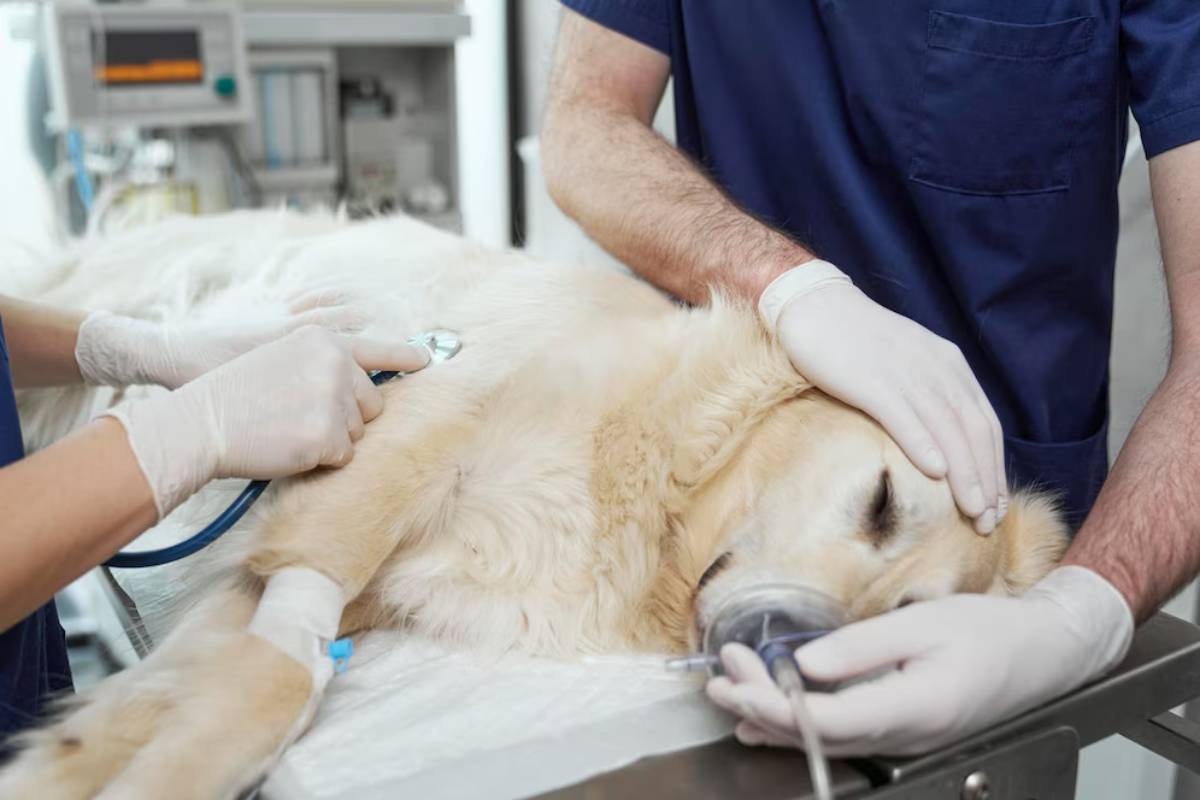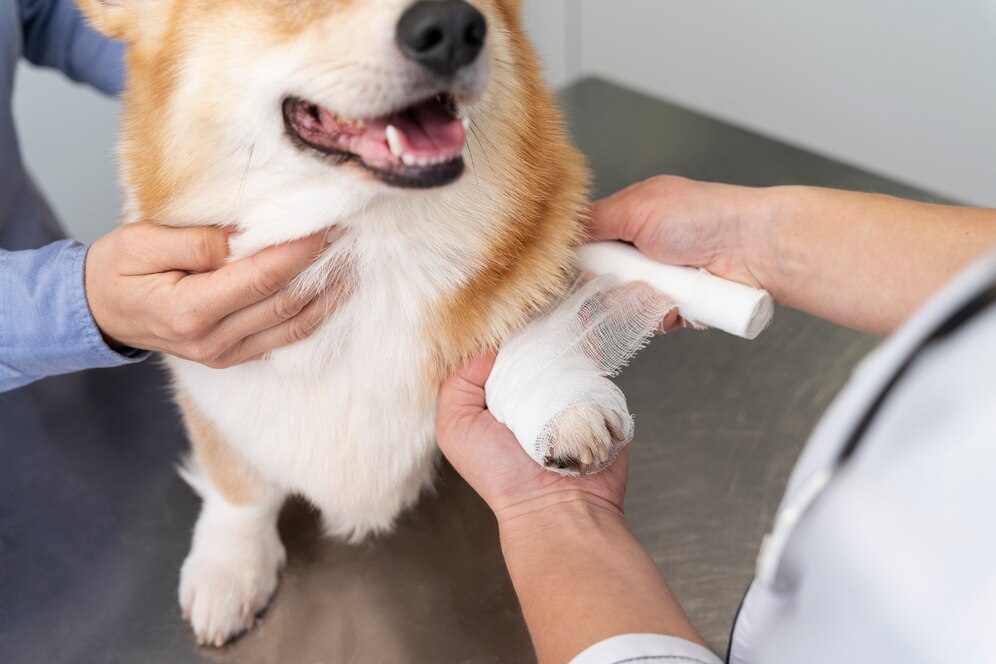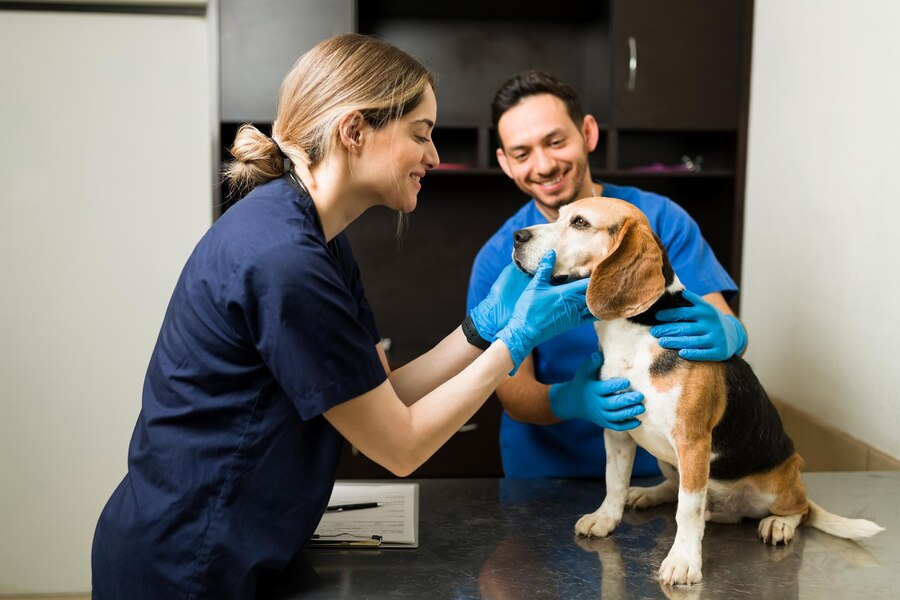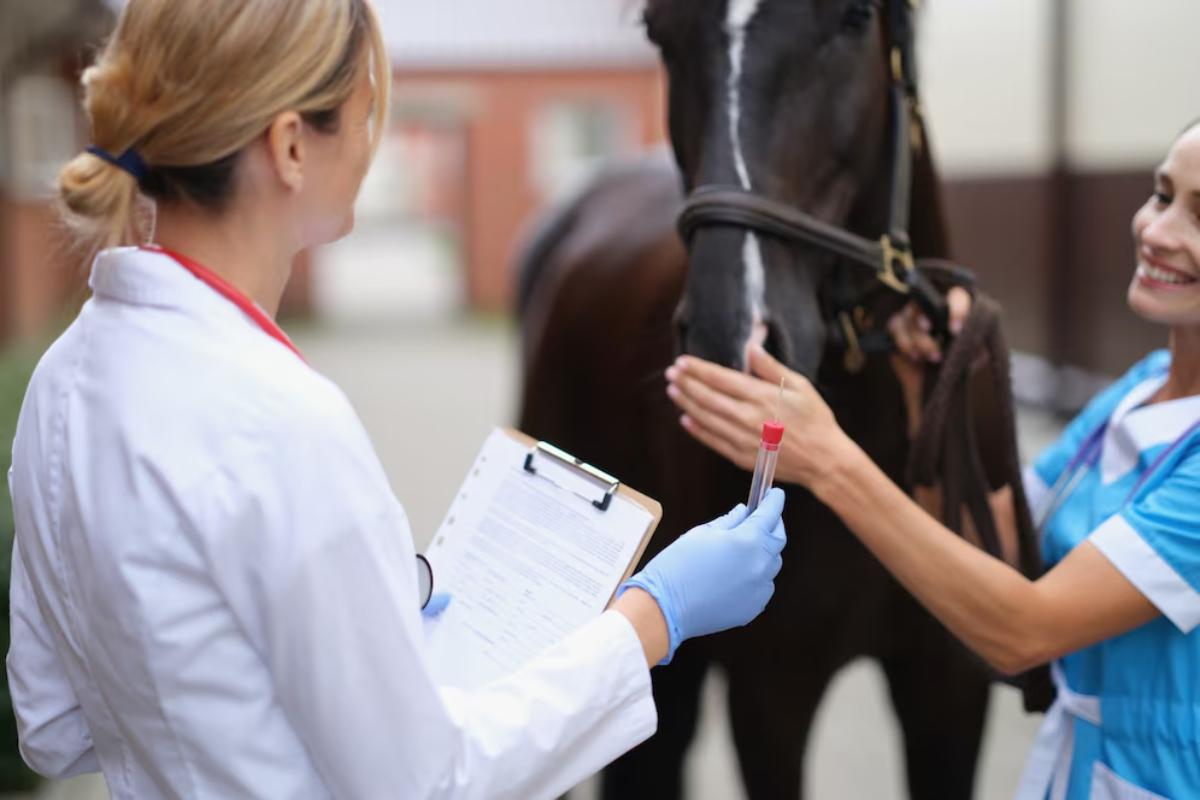
How to Plan for Pet Emergencies Without Insurance: A Practical Guide for Every Pet Owner
When your dog eats something bad or your cat suddenly gets sick, every second matters. But so does money, especially if you don’t have pet insurance.
Emergency vet care in the UK can cost anywhere from a few hundred to several thousand pounds. Many pet owners lack insurance. This leaves them unprepared and facing tough choices when they need help the most. You can manage these costs with some planning. This way, you can get your pet the help they need, even without a policy.
This guide offers practical steps to prepare for veterinary emergencies without insurance. You can act fast, stay calm, and avoid financial stress.
Understanding the Core: The Cost and Reality of Uninsured Pet Emergencies

From broken bones to sudden illnesses, pet emergencies can arise unexpectedly. Without insurance, the full cost of treatment falls to you, and it can be overwhelming.
Common Emergency Vet Costs in the UK:
- Foreign object removal: £800–£1,500
- Emergency diagnostics (X-rays, blood tests): £200–£600
- Overnight hospitalisation: £400 or more per night
- Surgery for trauma or illness: £1,000–£3,500+
One in three pet owners will face a surprise vet bill each year. Yet nearly half admit they have no clear plan to pay for it. Being uninsured doesn’t mean you’re unprepared. It just takes a smarter plan.
Quick-Reference Checklist: Emergency Planning Without Pet Insurance
- Build and maintain a pet-specific emergency savings fund
- Identify local low-cost clinics and veterinary charities
- Learn basic pet first aid to buy time and reduce risks
- Explore financing options like CarefreeCredit or PayPal Credit
- Create an emergency folder with all key medical and contact details
- Ask your vet in advance about payment plans and support options
Step-by-Step Guide: How to Plan for Pet Emergencies Without Insurance
1. Set Up an Emergency Pet Fund
Even a small monthly contribution can make a big difference in a crisis.
- Open a separate savings account or jar for pet emergencies
- Save £10–£30 per month, depending on your financial situation
- Automate transfers or use budgeting apps like Plum or Monzo
Saving £20/month will give you £240 after a year—enough for diagnostics or to put toward a larger bill.
2. Know Your Affordable Care Options
Research local support resources now, not during a crisis.
- RSPCA or PDSA clinics: Offer subsidised vet care for eligible low-income households
- Veterinary schools: Often run public clinics with reduced fees
- Mobile vet vans or community pop-up clinics: Useful for basic care and triage
Save contact details both digitally and on paper. Having a printed list of emergency contacts can save time in high-pressure moments.
3. Ask Your Vet About Payment Options in Advance
You may have more options than you realise.
- Payment plans: Offered by some vets for loyal or long-term clients
- Third-party financing: Providers like PayPal Credit or CarefreeCredit offer interest-free periods
- Wellness plans: Wellness plans often provide discounts for urgent care. They might also include routine services. This can free up money for emergencies.
Many vets don’t advertise these options, so be proactive and ask.
4. Create a Pet Emergency Folder
Being organised ensures you can act quickly.
Include:
- Vaccination and treatment records
- Emergency vet hospital contact details
- Written instructions for temporary carers
- Medical history summaries
Store this in both physical and digital formats so it’s accessible at home and on the go.
5. Learn Basic Pet First Aid

Knowledge and preparation can make all the difference.
Learn how to:
- Control minor bleeding or stabilise fractures
- Identify symptoms of shock, dehydration, or poisoning
- Safely transport an injured pet
You can take a short pet first-aid course. You can also download the RSPCA Pet First Aid app. It will help you in emergencies. It’s a low-cost, high-value investment.
Pro Tips and Important Notes
Best Practices
- Set a monthly vet care budget alongside your emergency savings
- Explore pre-approval or pre-qualification for financing, before you need it
- Speak with trusted friends or family members about short-term emergency support
Common Pitfalls to Avoid
- Relying solely on crowdfunding, it’s uncertain and time-sensitive
- Waiting until a crisis strikes to find emergency contact information
- Using high-interest credit cards without fully understanding the terms
A true story: One cat owner saved £500 in a pet fund and got pre-qualified for CarefreeCredit. When her cat needed surgery for swallowing a string, they managed it calmly and quickly. Her preparation paid off—literally and emotionally.
Best Practices & Additional Insights
Consider a Wellness Plan for Routine Savings
Wellness plans can help lower regular care costs. This leaves more money for emergencies. These often include:
- Annual check-ups
- Core vaccinations
- Flea and worm treatment
Even if you’re not insured, a wellness plan can help lower overall vet expenses.
Check out our guide on combining wellness plans with insurance. Many budgeting principles are the same whether you’re insured or not.
Keep Emergency Contact Details Easily Accessible
Include:
- 24/7 emergency vet clinic numbers
- Your regular vet’s after-hours line
- Local animal charity or community support contacts
- UK pet poison helpline: 0300 1234 999
Keep this information on your fridge, in your pet folder, and share with any pet sitters or carers.
FAQs: Emergency Vet Care Without Insurance

Can I get emergency vet help without paying upfront?
Some vets offer deferred payment or work with third-party lenders. Always ask in advance and apply ahead of time where possible.
Is crowdfunding a reliable backup?
It can help in a pinch, but shouldn’t be your only strategy. Success isn’t guaranteed, and timing matters.
What if I truly can’t afford emergency treatment?
Be honest with your vet. Many offer alternative treatment options, referrals to low-cost clinics, or staged care approaches.
Are there loans designed for veterinary bills?
Yes, platforms like CarefreeCredit and PayPal Credit provide short-term loans. Sometimes, these loans have interest-free periods. Always read the terms carefully.
Conclusion: Peace of Mind Without a Policy
You don’t need insurance to protect your pet—you just need a plan. Emergencies are unpredictable, but they don’t have to be devastating. Save regularly, look into local care options, and plan a response strategy. This way, you can ensure your pet gets the care they need, even in tough times.
Planning ahead means you can act quickly and compassionately when it matters most.


